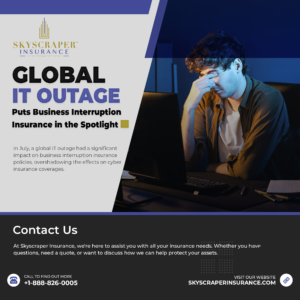Analysts with Forrester offer insights into the steps risk management professionals should take as Russia’s aggression continues in Ukraine.
The repercussions from the Russian invasion of Ukraine are reverberating in global markets and risk management leaders worldwide are already, or will soon be, dealing with the impact of the war and sanctions, according to analysts with Forrester Research, Inc.
While the U.S. insurance industry has little direct exposure as a result of the Russian invasion, AM Best reported the industry’s indirect exposure could be substantial.
“Indirect investments through suppliers and customers of U.S. and European companies may still be impacted, similarly to the already substantial impact on commodity and energy markets,” Jason Hopper, associate director, industry research and analytics, AM Best, said in a release.
Initial steps to protect against losses
For commercial policyholders with business units exposed to the conflict zone, the first step should be to make plans on how to maintain resilience for those divisions, according to Forrester.
This should include risk managers meeting with chief security officers and IT leaders to review if they are reliant on technology suppliers in the impacted regions and assessing the ability to switch suppliers if need be, Forrester reported. Reviews should also include business continuity plans, supply chain arrangements and alternative third-party vendors.
In addition, executives should be empowered to quickly make decisions on alternative suppliers if the need arises. Employees should also be updated on any heightened risks, including potential attacks and the forms they might take.
Further, businesses should prepare for further supply chain bottlenecks as sanctions and other disruptions are anticipated to cause havoc on supply chains for the coming 24 months, according to Forrester’s analysis. These issues are expected to play out through higher fuel prices and possible shortages as well as increasing costs for freight and travel.
Forrester also anticipates the Russian invasion to worsen the microchip shortage as Ukraine produces around 70% of the global supply of both xenon and neon, critical gases used in semiconductor production.
Moving forward
Once business units facing exposure and supply chain are considered, Forrester suggested that risk managers keep a keen eye on the changing sanction situation, particularly those that might require changes to third-party vendors. As more sanctions are presumed, be proactive in screening third parties, including direct partners, foreign affiliates and customers for ties to Russia, Russian oligarchs, Ukrainian separatists states and Belarus.
Additionally, geopolitical instability should be moved up the enterprise risk management agenda. This should take into account all these new geopolitical risks and impact analysis should incorporate the war in Ukraine as well as its downstream effects.
Taken From: https://www.propertycasualty360.com/2022/03/23/shoring-up-global-risk-management-strategies-in-times-of-war/




